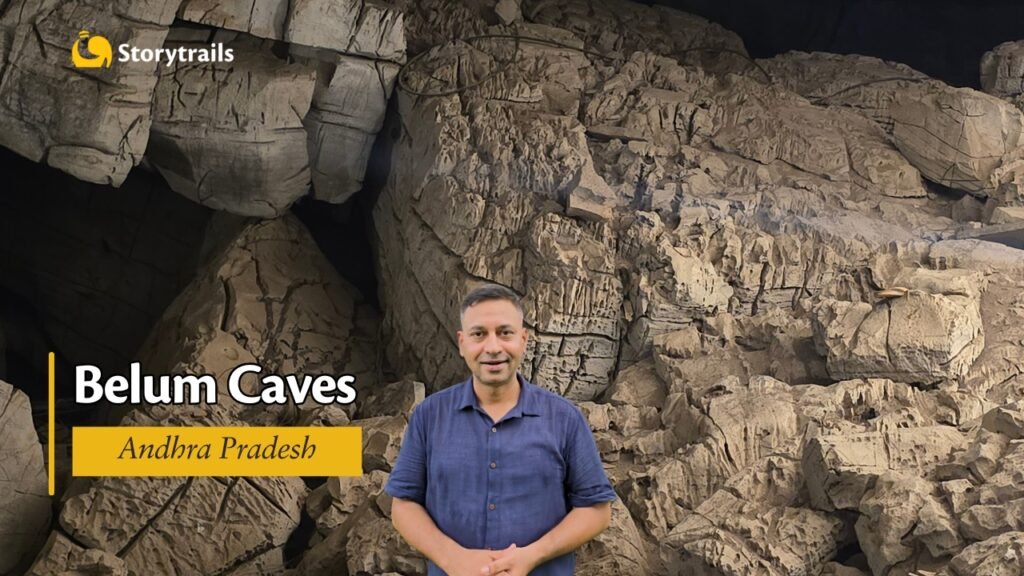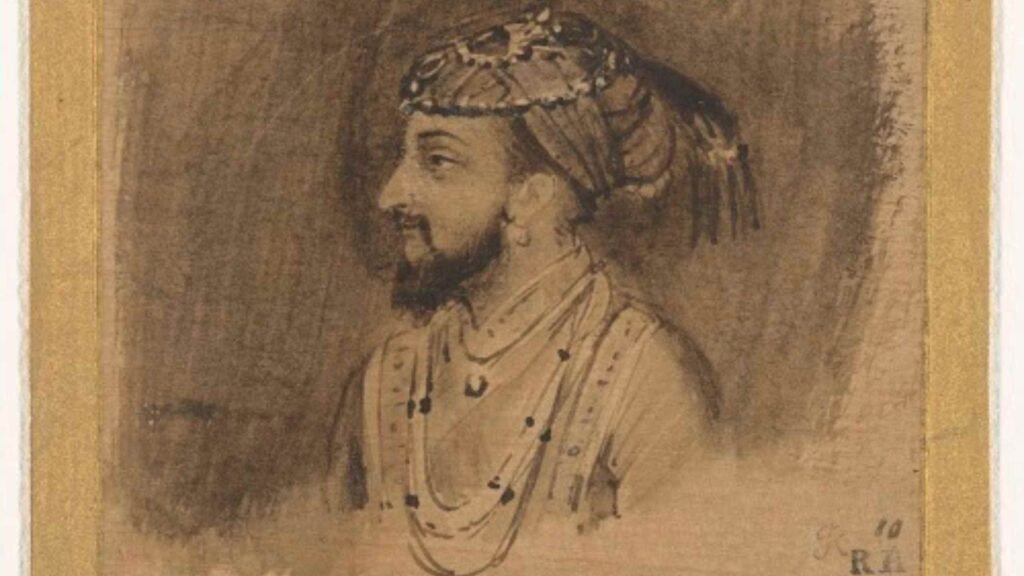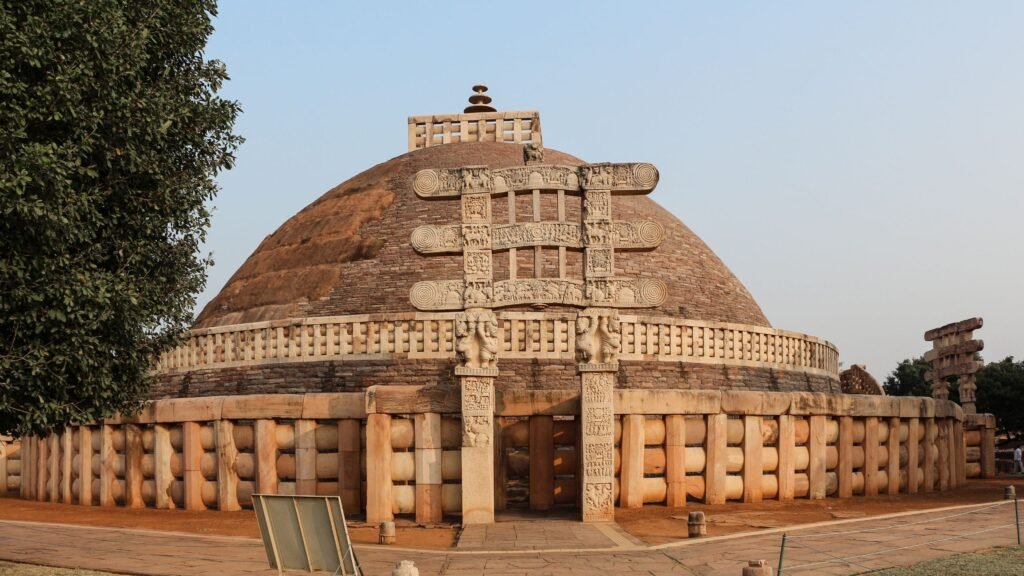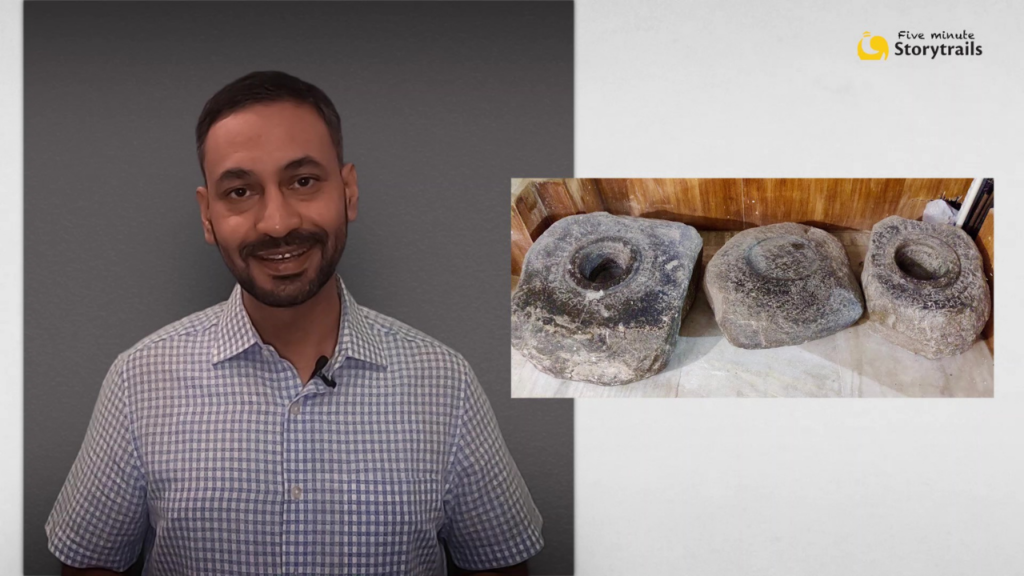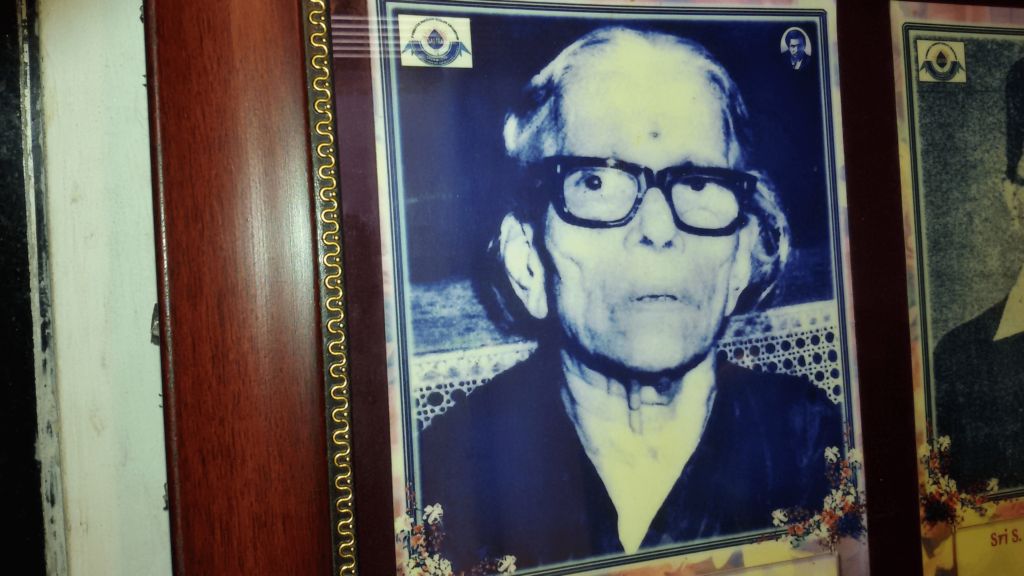It all began when Captain John Smith went tiger hunting in the Sahyadri hills in 1819. He found no tigers that day, but he did find something that took his breath away. The Ajanta caves. Thirty caves filled with gorgeous paintings made over 2000 years ago. These ancient Buddhist paintings cast a long shadow, and have influenced many centuries of later art. What do these paintings tell us about life back then? What colours did the artists use and where did they get them from? And why were these amazing pictures painted in the middle of nowhere? In this episode, Dr Alamelu Nachiappan, a professor of Art History, helps us unravel some of these mysteries. Listen in as she takes us through the many stories of Ajanta.
The Belum Caves in Andhra Pradesh are just over 3 kms long, but the history they hold is billions of years old. Here’s a story of how the Indian subcontinent formed millions of years ago from supercontinents like Rodinia and Gondwana.




